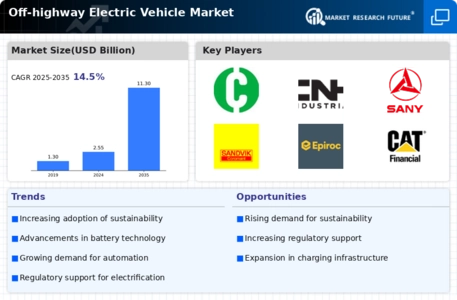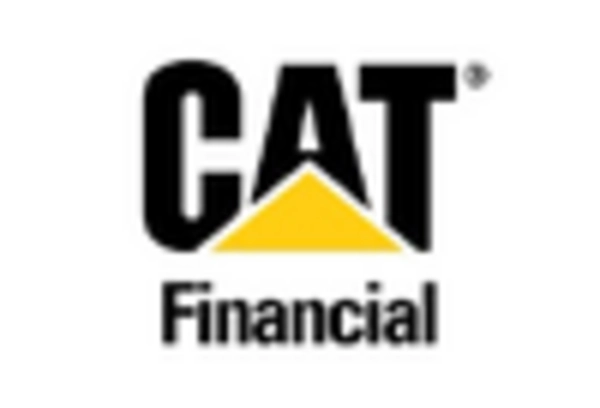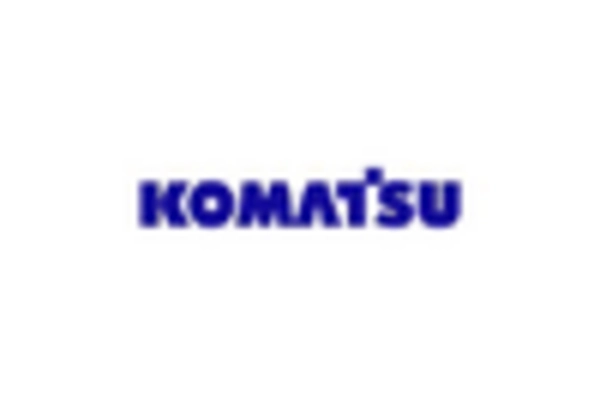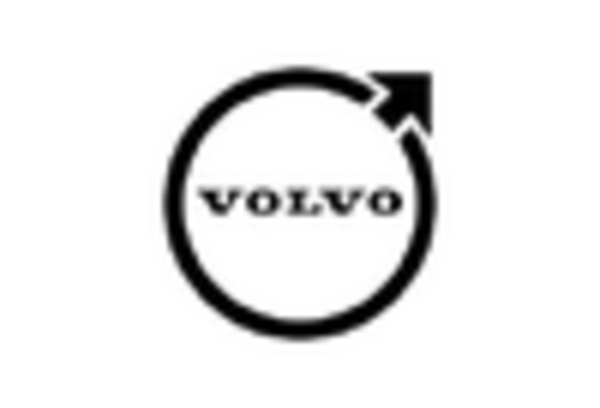Off highway Electric Vehicle Market Summary
As per MRFR analysis, the Off-highway Electric Vehicle Market was estimated at 2.552 USD Billion in 2024. The Off-highway Electric Vehicle industry is projected to grow from 2.922 USD Billion in 2025 to 11.32 USD Billion by 2035, exhibiting a compound annual growth rate (CAGR) of 14.5 during the forecast period 2025 - 2035.
Key Market Trends & Highlights
The Off-highway Electric Vehicle Market is poised for substantial growth driven by technological advancements and increasing sustainability demands.
- North America remains the largest market for off-highway electric vehicles, showcasing a robust demand for innovative solutions.
- Asia-Pacific is emerging as the fastest-growing region, propelled by rapid industrialization and urbanization.
- The hybrid electric vehicle segment dominates the market, while battery electric vehicles are experiencing the fastest growth due to advancements in battery technology.
- Key market drivers include technological innovations in electric powertrains and government incentives aimed at promoting sustainable solutions.
Market Size & Forecast
| 2024 Market Size | 2.552 (USD Billion) |
| 2035 Market Size | 11.32 (USD Billion) |
| CAGR (2025 - 2035) | 14.5% |
Major Players
Caterpillar (US), Komatsu (JP), Volvo (SE), Hitachi Construction Machinery (JP), JCB (GB), CASE Construction Equipment (US), Doosan Infracore (KR), Liebherr (DE), Wacker Neuson (DE)

















Leave a Comment